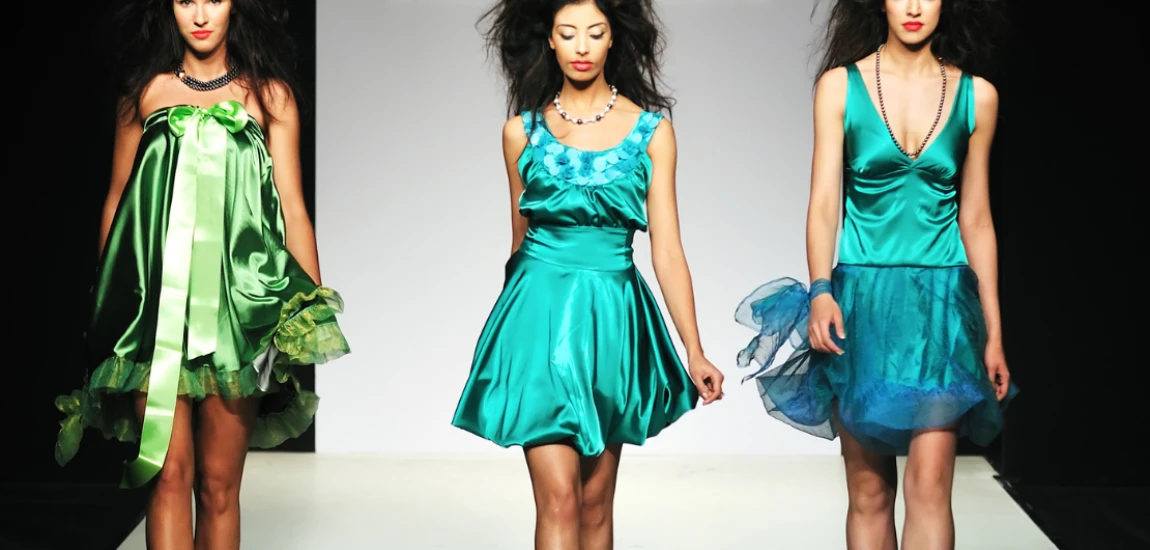How Fashion from Cancelled Shows Is Outliving the Shows Themselves

Television is littered with stories of shows that didn’t survive beyond a single season or two. But here’s the twist: sometimes, the characters’ fashion choices linger in the cultural consciousness long after the plotlines are forgotten. Think of a show that never made it past season one, yet the jackets, boots, or hairstyles it introduced continue circulating on Pinterest boards, TikTok trends, and Instagram style guides. This phenomenon is especially interesting in 2025, where audiences are less loyal to TV shows themselves but deeply committed to aesthetic inspiration.
Streaming has accelerated this cycle. A cancelled Netflix or HBO show can still have its costumes screenshotted, memed, or thrifted into a trend. Even though the storyline may not be considered “worth continuing,” the fashion survives as an independent cultural artifact. That jacket you saw on a character may be sold out months after cancellation, while hashtags like #ShowStyle or #TVLooks keep the imagery alive.
This post unpacks why fashion from cancelled shows often outlives the shows themselves. We’ll look at the role of fandom, social media, resale culture, and why clothing sometimes communicates more powerfully than plot. More importantly, we’ll explore how this affects the fashion industry and what it tells us about modern viewership.
Why Cancelled Shows Still Leave a Fashion Legacy
It seems counterintuitive: why would fans continue referencing the wardrobe of a show that didn’t “make it”? The answer lies in how people consume content today. Shows aren’t just about stories—they’re about vibes, aesthetics, and inspiration. Even if a series flops, the fashion it showcased can still strike a chord with audiences looking for visual identity.
Costume designers rarely get enough credit, yet they’re often creating timeless looks rather than one-season gimmicks. A sci-fi series that failed to attract viewers may have introduced a futuristic coat that fits seamlessly into streetwear trends. Similarly, a teen drama that got cancelled after low ratings might have defined a subcultural style that fans pick up in thrift stores or fast-fashion dupes.
Social media extends this lifespan. TikTok creators post “Get the Look” videos even for shows no one’s actively watching anymore, because the visuals themselves carry aspirational weight. Hashtags like #OutfitInspo or #TVWardrobeGoals ensure these outfits continue circulating outside the show’s lifespan. In this sense, fashion from cancelled shows has an afterlife—it transcends narrative failure by attaching itself to style culture.
Brands are noticing this, too. Resale platforms like Depop, Grailed, and Poshmark often see spikes in searches for specific character pieces even when the shows are forgotten. The cultural half-life of clothing is longer than that of the scripts, making fashion the real legacy.

The Role of Social Media in Immortalizing TV Costumes
Social media has turned cancelled shows into fashion archives. Platforms like TikTok, Instagram, and Pinterest are key in preserving TV aesthetics long after the shows disappear from streaming libraries. Fans screen-capture stills, make outfit mood boards, and remix TV wardrobes into trending “aesthetic” categories like cottagecore, dark academia, or Y2K revival.
On TikTok, it’s common to see videos titled “Outfits Inspired by [Cancelled Show],” even if that show only aired briefly. The format thrives because clothing translates better than storylines to short-form visual content. People may not want to invest ten hours into a mediocre drama, but they’ll spend thirty seconds admiring how a character layered jackets or styled boots.
Pinterest adds another layer by preserving fashion inspiration indefinitely. Many cancelled shows are archived in “character style” boards, where fans treat fictional wardrobes as lifestyle guides. This essentially detaches the clothing from the show, allowing the aesthetic to live independently of its source.
Meanwhile, meme culture plays a surprising role. Sometimes, a cancelled show’s costume goes viral as a meme—think of an outfit so over-the-top that it becomes a cultural joke. Ironically, this meme status can make the look iconic and sought after.
Ultimately, social media makes sure that fashion doesn’t need narrative success to matter. Even a cultural “failure” can seed style trends, proving that in the digital age, looks outlast longevity.

Fashion as Fandom: Wearing the Show After It’s Gone
One of the strongest reasons fashion from cancelled shows survives is fandom identity. For fans, clothing becomes a wearable tribute, a way of keeping the show alive. When you wear a jacket or recreate a look from a cancelled series, you’re signaling membership in a niche cultural group—almost like wearing band merch from an underground artist.
Fandom has always been about more than just watching. It’s about living the world that show creators build. Costumes play a huge role in that immersion. When fans latch onto a cancelled show, fashion becomes the most tangible way to extend their relationship with it. Even after streaming platforms pull episodes, the clothes still exist in closets and thrift racks.
There’s also an element of rebellion. Fans of cancelled series often feel robbed of closure, so continuing to embrace the fashion is a way of taking ownership back. Dressing like a character becomes both a personal style choice and a statement of loyalty. It says, “This show may be gone, but its culture isn’t.”
Fashion also crosses boundaries that plot can’t. Someone might never watch a cancelled show but still wear its inspired looks because they’re aesthetically pleasing. In that sense, fashion acts as the bridge between niche fandom and mainstream style adoption, ensuring the show’s visual identity spreads wider than its audience ever did.

Lessons for the Fashion Industry and Creators
The endurance of cancelled show fashion offers valuable lessons for both the fashion industry and content creators. For designers, it’s proof that TV wardrobes have immense potential to influence trends—even if the series itself doesn’t last. Costume departments are increasingly treated as extensions of fashion houses, where designers anticipate what fans might latch onto as wearable inspiration.
For streaming platforms and studios, this trend shows that clothing can become a secondary revenue stream. Limited runs of iconic wardrobe pieces, capsule collections inspired by characters, or collaborations with fashion brands could keep cancelled shows relevant and profitable even after they’re axed. Some streaming services already experiment with selling replicas of popular costumes, proving there’s a market for it.
Fashion brands, on the other hand, can take advantage of the nostalgia factor. Just as retro band tees resurface in cycles, we may soon see “cult show wardrobes” marketed as vintage or collectible. Cancelled series might even gain cult followings years later purely because of their distinctive fashion.
Finally, the lesson for creators is clear: aesthetics matter as much as narrative. Audiences today are not just consuming stories—they’re consuming images and vibes. A cancelled show might fade from memory, but its fashion can still win cultural immortality if it taps into the zeitgeist.




